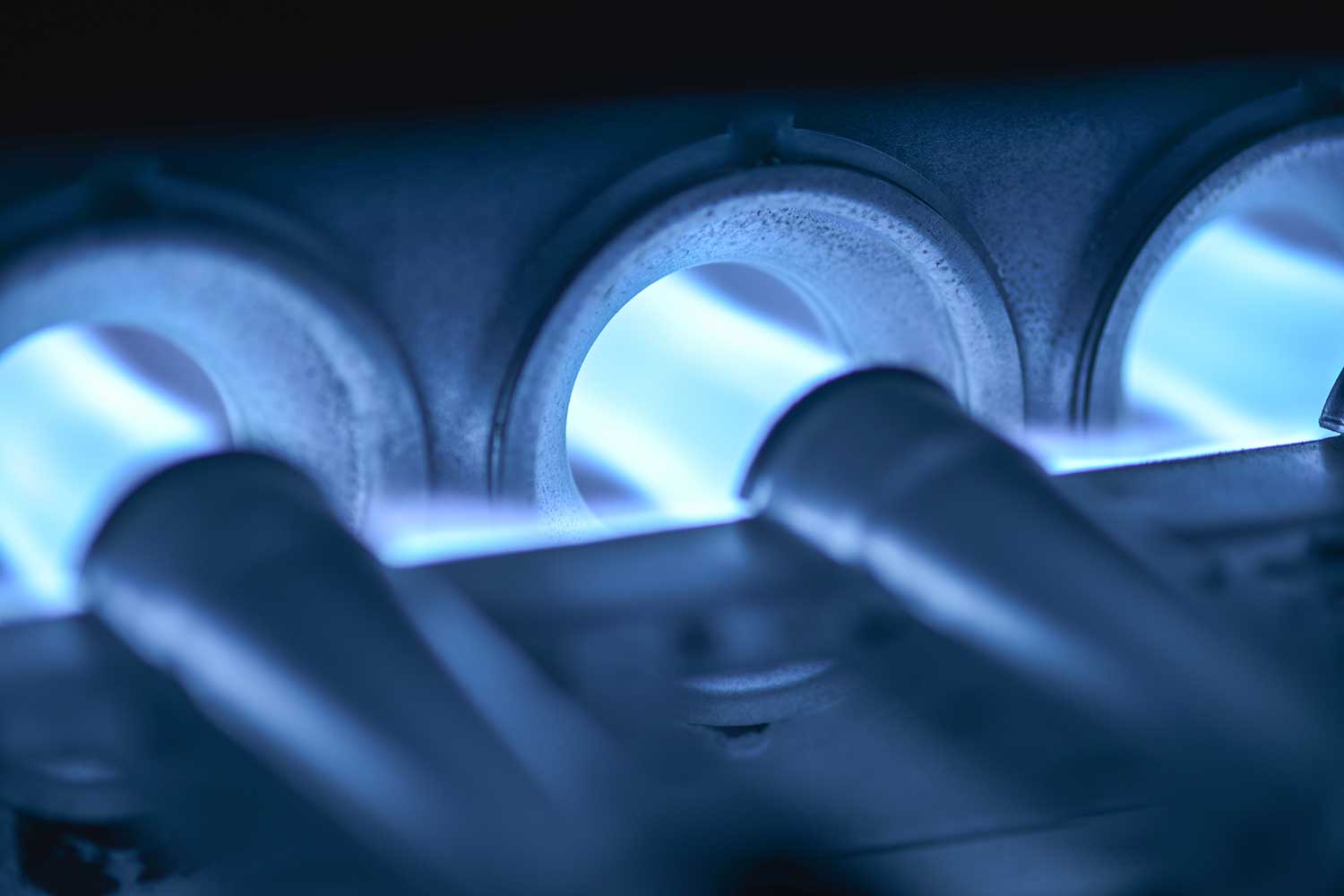
What is the difference between a downflow and upflow furnace?
In Canada, we are all accustomed to using a furnace to heat our homes. But did you know that there are both downflow and upflow furnaces? And do you know how they are different?
Basically speaking, the difference between a downflow and an upflow furnace is the direction of air flow in and out of the furnace. As the name suggests, an upflow furnace sucks in air from the bottom, heats and filters it, and then blows it out through the top. A downflow furnace does the opposite. The air is taken in from the top and is then warmed and blown through the bottom.
Why does this matter?
Upflow furnaces are the most common in Canada for obvious reasons: in a home with the furnace in the basement, it is more efficient to push air up throughout the rest of the house. Upflow furnaces, however, don’t always work optimally in all home designs, for example when the furnace is not in the basement.
Downflow furnaces are typically used in homes in warmer climates or where the furnace is in the attic. Having the furnace at the highest point of the house enables the system to be more efficient at cooling the house. This is because downflow furnaces take in the hot air that has risen, and then pushes down air that has been cooled.
Do I have to choose between an upflow or a downflow furnace?
Basically speaking, an upflow furnace is more efficient for heating whereas a downflow furnace is more efficient for cooling. With this in mind, before you purchase a new furnace, consider if your furnace is up or down stairs. Then ask yourself if you spend more money on heating or cooling your house. If the answer is heating or if your furnace is in the basement, consider an upflow furnace. If cooling is more important or if your furnace is upstairs, a downflow furnace is your best bet!
At the FurnaceStore.ca, we have you covered no matter which option you choose! Check out our large selection of online Goodman furnaces and call us at 1-877-811-4822 if you have questions.
